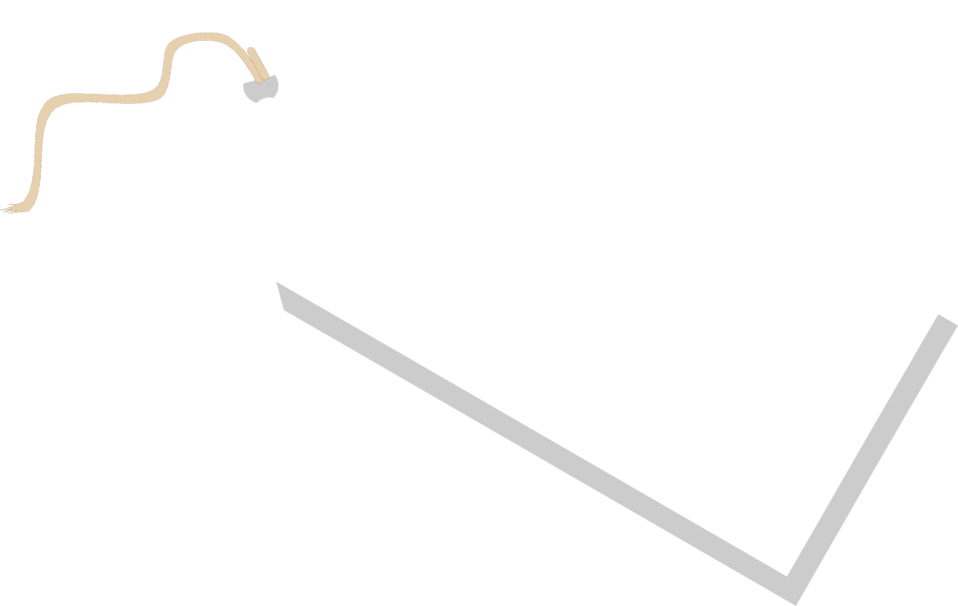Camber isn't a commonly known word even for people who are knowledgeable about cars. The basic meaning of camber is wheel angle. For example, no camber or neutral camber is when the wheel sits straight on the road. If the top of the wheel is angled towards the vehicle, then it's negative camber. If it's angled the other way, then it's positive camber. You've likely seen vehicles with negative camber on the road as it's a common modification for drifting and street racing. Another term for this is stanced wheels.
This article covers some common questions about negative camber. Is it good or bad? How do you get it and how do you fix it? Let's find out!
What Is Negative Camber?
Perhaps you've heard the term "Demon Camber". If you've ever seen a performance car on the road with its tires tilted so far in it looks like the vehicle was dropped off a cliff and the tires popped out, that's an example of extreme negative camber. Some negative camber is a good thing as it helps reduce wear on your tires and improve tire grip on the road. Too much negative camber has more bad effects than good.

Photo copyright Nicholas How
What Causes Negative Camber?
Extreme negative camber like Demon Camber is typically done on purpose by people trying to modify their cars for drifting. Negative camber can also happen unintentionally, but it won't reach the extreme levels of Demon Camber.
If a control arm or some other suspension part is damaged or breaks, it can cause serious negative camber. Excessive tire wear can also cause negative camber.

How To Get Negative Camber On Purpose
In order to purposely achieve negative camber on your car, you can start with lowering it. A lowered vehicle automatically creates some amount of negative camber. Suspension companies have long sold alignment kits to deal with the negative camber caused by lowering. If you lower your vehicle, you can simply leave the negative camber as is.
On some vehicles, you can adjust the camber further by turning a specific bolt that is fitted with a large washer. These are called camber bolts. Some people replace the OEM bolts with performance camber bolts that allow for even greater adjustments.
Other possibilities for adjusting to extreme negative camber include:
- Control arms with adjustable ball joints
- Control rods with adjustable lengths
- Body or fender modifications

What Does Negative Camber Do?
As mentioned earlier, some amount of negative camber isn't a bad thing. Less than one degree of negative camber can have the following positive effects on your ride:
- Reduced vibrations
- Increased cornering ability
- Prolonged tire life
On the other hand, if you increase the negative camber much past one degree, you'll start to notice the following undesirable effects:
- Poor acceleration
- Poor braking
- Reduced stability
- Tire wear and tear
- Broken wheels
- Locked steering
- Locked brakes
Most of the good effects of negative camber are lost on straightaways.

Photo copyright poqua
How Much Negative Camber Is Bad?
Generally, anything over two degrees is not good for street use. Anything over one degree will result in handling issues for the average vehicle. Three degrees and higher can cause serious problems quickly.
Extreme negative camber puts a lot of stress on the rear wheels especially and can cause them to break off. Locked steering can also happen with as little as two degrees of negative camber. This might happen if you take a sharp corner at speed, which allows the wheel to rub against the vehicle frame and the steering might completely lock.
How To Fix Negative Camber
If you end up with negative camber that you didn't try to get, then you'll most likely need to visit a mechanic to get it fixed. The first thing is to get your alignment checked. The mechanic will readjust the suspension to factory settings. That should fix everything initially.
However, if your negative camber returns, then your mechanic will need to look at the control arms and trailing arms of the suspension. For the intrepid DIY mechanic, wheel alignment can be done at home, but it's a fairly involved and potentially time-consuming job.
For the average driver, neutral camber is the most desirable. Some camber can be helpful to prevent excessive tire wear, but for the average driver, positive camber is actually better in this case.
Negative camber is generally only useful for street racers, and then mostly only for cornering, which is why it's commonly used for drift cars.

Count on this store for easy and convenient oil change kits. Using a DIY oil changing kit can save you both time and money that you might otherwise spend at the lube shop or running to the parts store for supplies. Just confirm your vehicle year, make, and model and pick out an oil change kit that has everything you need to change your oil efficiently.









